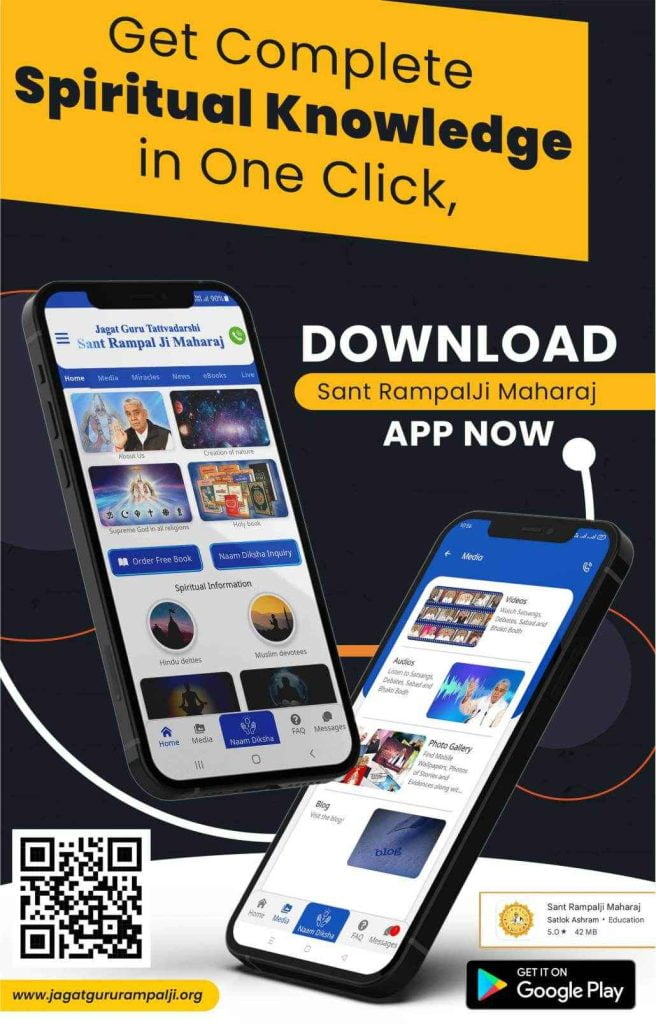The influencer marketing landscape is undergoing a seismic shift. Once dominated by flashy celebrity endorsements, the playing field now increasingly favors micro-influencer marketing. These creators—followers in the tens or low hundreds of thousands—are empowering brands to build deeper connections at a fraction of the cost.
In 2025, this shift isn’t speculation—it’s a strategic reality backed by data. Brands are reporting up to 60% higher ROI from micro-influencer campaigns compared to celebrity-led efforts (influencers-time.com, brandsdad.com). Let’s unpack why micro-influencers are rising, where celebrities still shine, and how brands can strategically navigate this evolving ecosystem.
1. Influencer Tiers: Definitions and Industry Landscape
To understand the strategic debate, we first define the tiers of influencers:
- Nano-influencers: 1K–10K followers
- Micro-influencers: 10K–100K followers
- Mid-tier influencers: 100K–500K followers
- Macro-influencers: 500K–1M followers
- Mega-influencers/Celebrities: Over 1M followers, often traditional celebrities
Statistically:
- Nano-influencers constitute about 75.9% of all Instagram influencers
- Micro-influencers make up about 13.6%
- Celebrities and mega-influencers account for only 0.1% (Influencer Marketing Hub).
Takeaway: Micro and nano-influencers aren’t niche—they’re the majority, and brands are tapping into their broad reach within depth.
2. Engagement & Trust: The Micro-Influencer Edge
Higher Engagement Rates
- Micro-influencers often deliver 3–6% engagement, compared to just 1–2% for macro or celebrity influencers (Stack Influence, Market.us Scoop, WinSavvy).
- Instagram-specific: ~3.86% for micro vs ~1.21% for mega-influencers (Spiralytics).
- Across platforms, micro-influencers average 7.2% engagement, vs 1.7% for macro-influencers (Market.us Scoop).
These figures reflect the core advantage: focused, active communities, not passive large audiences.
Trust & Authenticity
- 82% of consumers trust micro-influencer recommendations more than celebrities (Amra and Elma LLC, Spiralytics).
- 61% believe micro-influencer content is more authentic and trustworthy (Market.us Scoop).
- 56% prefer “normal people” over celebrities for following (Statusphere).
- Among Generation Z in India, authenticity has overtaken star power; celebrities no longer sway this demographic (The Economic Times).
Social proof from Reddit marketers underscores this trend:
“Micro-influencers see an engagement rate of 3.86% vs 1.21% for mega-influencers… Brands partnering with multiple micro-influencers report 30% higher ROI than using a single celebrity.” (Reddit)
3. Cost Efficiency: Scaling Without Breaking the Bank
Lower Fees, Greater Network Reach
- Micro-influencers typically charge between $100–$500 per post, while mega/celebrity rates begin at $5,000 and can go much higher (Spiralytics, Statusphere).
- 2025 averages:
- Micro-influencers: ~$198 per collaboration
- Celebrities: Five- to six-figure fees .
- Micro-influencers: ~$198 per collaboration
This means brands can work with multiple micro-influencers, diversifying reach without a single high-cost investment.
Better ROI and Lower Cost-per-Conversion
- Micro-influencers offer 2–3x higher engagement per dollar spent .
- 2025 data shows 60%+ of brands reporting higher ROI from micro/nano influencer campaigns vs celebrity campaigns (influencers-time.com).
- One Indian D2C brand found their top-performing creator had just 12K followers, outperforming all celebrity collaborations—and ROI tripled while costs dropped 60% (exchange4media).
Case Study: Daniel Wellington built a $220M brand by deploying hundreds of micro-influencers, never relying on celebrities (brandsdad.com).
4. Celebrity Endorsements: Strengths, Risks & Limitations
Strengths
- Unmatched reach and visibility: A single celebrity post can expose a brand to millions in moments.
- Prestige and media coverage: Celebrity associations often lead to expensive—but free—press and brand lift (brandsdad.com).
- Trust through prestige: Celebrities can embody brand identity values and project aspirational authority (Wikipedia).
Risks & Challenges
- Lower engagement: Despite high reach, engagement often falls to 1–3% on Instagram, even below platform averages (brandsdad.com).
- Overexposure and authenticity dilution: Celebrities endorsing many products can lose credibility (Wikipedia).
- Scandal vulnerability: If a celebrity falls from grace, brands can suffer reputational damage (e.g., Tiger Woods/Nike scandal causing up to $5–12B loss) (Wikipedia).
- Mismatch with audience values: Especially among Gen Z, star power has less sway if authenticity lacks (The Economic Times).
5. Performance Comparison: Micro vs Celebrity
ROI & Conversion Efficiency
- Micro-influencers can offer nearly 60% higher conversion rates than celebrities when reach is equal (brandsdad.com).
- They also deliver 4.2× higher ROI, particularly via performance-based formats and video-rich content (exchange4media).
Strategic Tier Alignment
According to Brand’sDad/BCG:
- Celebrity/Mega influencers excel at awareness-driven goals.
- Mid-tier influencers (100K–500K) are optimal for consideration and education.
- Micro-influencers deliver strong conversion and community trust outcomes (brandsdad.com).
6. Emerging Trends & Strategic Insights (2025)
Live Streaming Commerce
Blending influencer credibility with real-time engagement, live-stream shopping (e.g., AliExpress in the UK) allows micro and celebrity influencers to interact both broadly and authentically—boosting conversions while deepening engagement (Vogue Business).
Agency Innovation & Risk Control
Ogilvy’s “Influence Shield” monitors influencer reputations proactively, vetting partners, and managing content risk—a signal that influencer immune strategies are now strategic imperatives (Financial Times).
Shifting Youth Sentiment
Reports show Gen Z increasingly rejects celebrity marketing, favoring authentic, relatable voices instead (The Economic Times).
Balanced Campaigns Win
Beauty brands like L’Oréal, Maybelline, and Dior integrated both celebrities and micro-influencers to optimize reach and resonance in 2024 campaigns (Vogue Business).
7. Strategic Recommendations: Build a Tiered Influencer Ecosystem
- Set Clear Marketing Objectives
- Awareness → Lean on celebrities
- Consideration → Rely on mid-tier
- Conversion, trust, engagement → Center micro-influencers
- Awareness → Lean on celebrities
- Allocate Budget Proportionally
- Use a small portion of budget on celebrity-focused awareness, but channel the bulk into many micro-influencer partnerships for efficiency.
- Use a small portion of budget on celebrity-focused awareness, but channel the bulk into many micro-influencer partnerships for efficiency.
- Prioritize Long-term Collaborations
- Brands using recurring micro-influencer partnerships see better trust-building than one-off posts (brandsdad.com).
- Brands using recurring micro-influencer partnerships see better trust-building than one-off posts (brandsdad.com).
- Maintain Creative Authenticity
- Avoid templates—let micro-influencers maintain their unique styles, especially in stories and reels.
- Avoid templates—let micro-influencers maintain their unique styles, especially in stories and reels.
- Integrate Performance Tracking
- Use UTM links, promo codes, affiliate metrics, and CRM data to measure ROI (exchange4media).
- Use UTM links, promo codes, affiliate metrics, and CRM data to measure ROI (exchange4media).
- Mitigate Risk Proactively
- Vet influencers and monitor brand-safety protocols, particularly for macro and celebrity collaborations (Financial Times).
- Vet influencers and monitor brand-safety protocols, particularly for macro and celebrity collaborations (Financial Times).
- Leverage Live Formats
- Consider live-stream events or product demos combining multiple tiers to drive engagement and conversions (Vogue Business).
- Consider live-stream events or product demos combining multiple tiers to drive engagement and conversions (Vogue Business).
8. Conclusion
In 2025’s influencer ecosystem, micro-influencers are not just an alternative—they are often the most strategic choice for engagement, trust, and conversion. With significantly higher engagement, lower costs, and more authentic connections, they outperform celebrities in many ROI-driven scenarios.
Yet celebrities retain unmatched power in awareness and prestige. The smartest brands craft tiered strategies—employing celebrities for visibility and micro-influencers for engagement and authenticity.
The golden rule? Match the influencer tier to the specific marketing objective—and measure real impact beyond vanity metrics.
From Influence to Inner Influence: The Ultimate Endorsement
In a world where brands chase followers and influencers chase likes, it’s easy to forget the deeper influence—the one shaping our inner life. Just as brands must choose ambassadors who embody authenticity, we too must ask: Who or what is influencing our soul’s journey? Beyond marketing metrics lies the pursuit of truth, purpose, and connection with the Divine. The path to lasting fulfillment isn’t found in trends but in timeless wisdom. Books like “Gyan Ganga” and “Way of Living” by Saint Rampal Ji Maharaj illuminate this journey, guiding seekers toward authentic worship and a life of peace and meaning—an endorsement from the Creator Himself.









